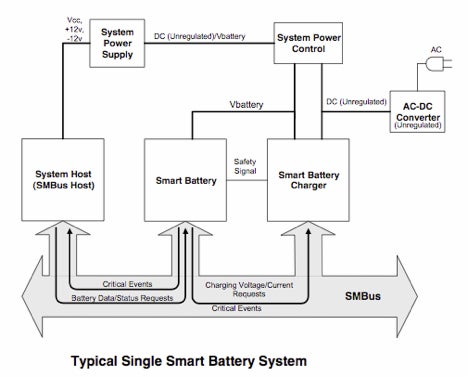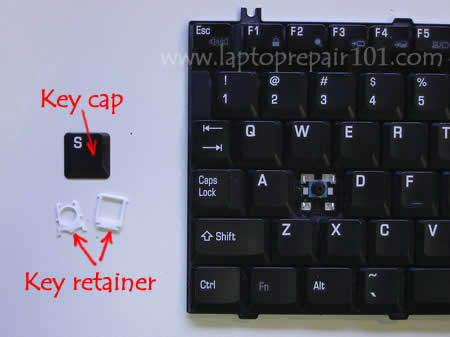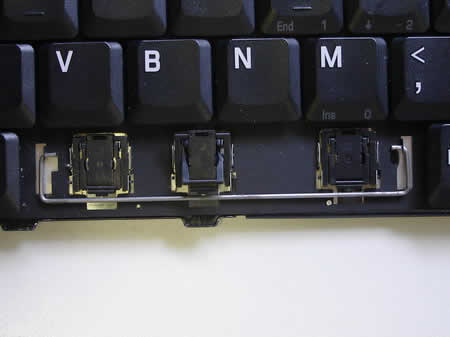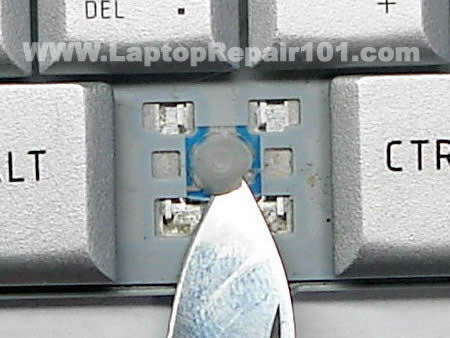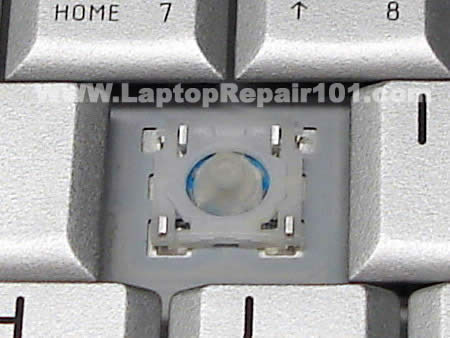Celebrities wear them too. Trendy wristbands and bracelets that supposedly increase strength, balance, and even improve health.
Mark Wahlberg wore one at the Golden Globes and when he appeared on The Late Late Show With Craig Ferguson.
And Kevin Dillon, from the hit show Entourage, says his bracelet works so well he won't even take it off during filming. When INSIDE EDITION caught up with him on the red carpet, he showed off the wristband he was wearing and said, "If I go somewhere without it, my neck is going to hurt."
So what's the secret? The companies say they're made from special materials like mysterious holograms or unique metals that can make you feel better. But is it really a bunch of baloney?
One of the most successful companies is Power Balance, selling $35 million worth of their hologram bracelets last year.
Former President Bill Clinton wore one. Even the future princess of England, Kate Middleton has been seen wearing one.
And reality star Audrina Patridge thought the wristband would give her an edge on Dancing With the Stars. "I thought it would help me stay balanced while I was dancing. I think it really works," she said.
But does it? We asked Dr. Steven Novella, a clinical neurologist at the Yale University School of Medicine to review the claims made by Power Balance.
INSIDE EDITION Chief Investigative Correspondent Lisa Guerrero read him one of those claims. "The hologram incorporated into the bracelet is designed to respond to the natural energy field in your body and it helps you perform to the best of your ability. Do you believe that?"
"Not for a second. That is based upon nothing. That is literally made up marketing hype," Novella said.
So how do you explain the impressive demonstration the company shows. During a balance test, the subject, standing on one leg with their arms outstretched, easily falls over when someone presses down on one of their arms without power balance. But after the bracelet is put on, his balance appears much stronger!
Dr. Novella showed Lisa Guererro how he believes they do it.
"I'm going to show how easy it is to push you over by putting a little bit of pressure. I'm barely pushing you, you go right over," he explained
Next, instead of giving her a power balance bracelet to wear, Dr. Novella had something else in mind. "You can use my magical car keys."
With Guererro holding a set of car keys, Novella can push very hard and she's not falling over.
"These are magic car keys. How did you do that?" asked Guerrero
"Very simple," Novella said. "It's all physics. When I want you to fall over, I push straight down. When I don't want you to fall, I just push slightly inward. Now I'm pushing (at an angle) towards your feet. It's just physics. You're not going to fall over. It looks very compelling if you don't know what's going on."
Power Balance insists there are no tricks involved and that their products work.
Company executives wouldn't agree to an interview, so INSIDE EDITION went to a Power Balance sponsored event in New Orleans to try to talk to a representative.
Sure enough, they were doing that same balance test to impress potential customers. But before Guerrero could even ask a question, she and her crew were kicked out.
"Please stop filming," said a company representative.
The bottom line, according to Dr. Novella: "They can't work and in fact there is no evidence that they do work."
Recently the makers of Power Balance admitted to Australian authorities that there is no credible scientific basis for their claims. But, the company told INSIDE EDITION the bracelets do work and they stand behind their products.
All the manufacturers say their customers are very satisfied and they offer a money back guarantee.
















































